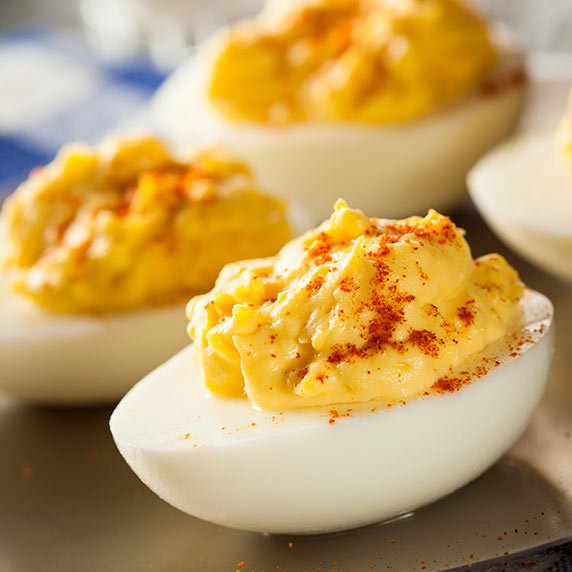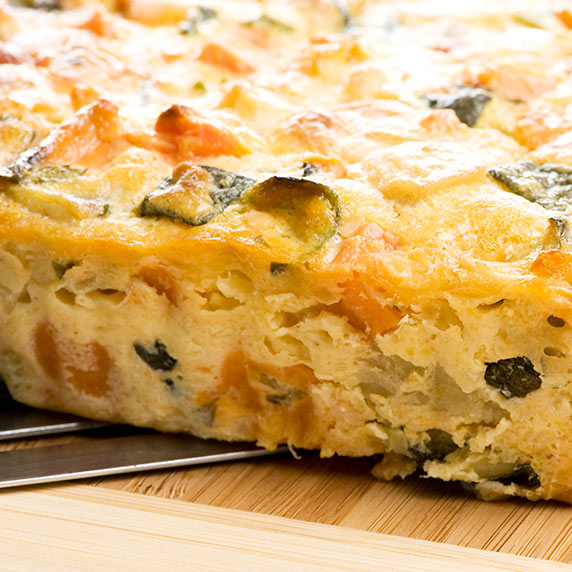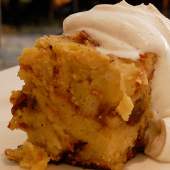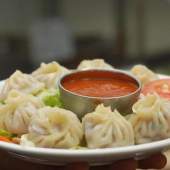Eggs

May is National Egg Month, so it’s the perfect time to reflect on the long history and many applications of what is surely one of the world’s oldest foods, an incredibly versatile protein source, starting with the obvious question:
Which came first — the chicken or the egg? NPR’s Robert Krulwich and AsapSCIENCE may, at long last, have the answer.
Now that that’s sorted (maybe), a little treatise on the history of the egg as a consumable: humans have been consuming bird eggs since prehistory — and from every kind of domesticated bird (and some that are perhaps not so domesticated), from quail to ostrich to goose to turkey to duck to chicken (there are also plenty of reptile and fish eggs — caviar). The brave person who cracked one open for the first time and ate it is sadly lost to history. The name ‘egg’ (for ‘bird’) evolved from the early English (oeg) to the Middle English (ey) and finally to the Norse (egg) in the late 16th century. Nobody knows who came up with the bright idea to use eggs in cooking and baking; it is thought that very early cooks, casting about for a thickening agent, decided to experiment with eggs (and we’re glad they did!). One of the earliest cookbooks on record, Apicius from ancient Rome circa 400–500 AD, listed a variety of uses for them, and contained the first recipes for egg-centric dishes such as custard.
You can’t talk much about eggs without tying them to breakfast. When did they find their way onto that menu? Nobody really knows, but we do know that it took a long time for breakfast to become socially acceptable. In the early days, a morning meal was considered unhealthy, as perhaps you had not entirely digested last night’s dinner, and anyone needing to ‘break their fast’ before noon was thought to be weak, lower class, or susceptible to one of the seven deadly sins — gluttony. (Babies and the elderly were generally excepted from this rule.) The earliest breakfasts were consumed by workers involved in physical labor, and they were mostly composed of grain-based foods designed to stick with you — breads, cereals, porridge — washed down with beer or the dregs of last night’s wine. (In an odd twist, the ancient Bedouins enjoyed a mixture of crushed locusts and butter, spread on unleavened bread. Yum!) The first recorded instance of eggs for breakfast seems to have involved the Egyptians, whose morning meal regularly also included cheese, butter, and clotted cream. (No word on whether they also had their version of a defibrillator, which would have come in handy with that diet.)
Where did your favorite egg dishes come from? We have already covered Eggs Benedict, but here are a couple of others:
- Omelet — Sounds French, doesn’t it? That’s because it is. The first reference to an omelet (‘alumete’) occurs sometime in the 14th century; sometime thereafter, the French culinary publication Cuisine Bourgeoisie included a recipe for one. But really, almost every culture from Roman to Japanese to Persian has their own version (and in America, there are the Western, Denver, Mexican, Caprese, and Spanish omelets, to name only a few). One popular myth about omelets concerns Napoleon Bonaparte — it is said that Napoleon and his army stopped off at a small rural inn where the General was served an omelet and loved it so much that he had all the eggs in the town gathered to create a gigantic one for his troops. Evidently it was a success, because that town, Bessieres, still holds an annual festival to commemorate this epicurean feat, which includes the creation of an omelet big enough to feed all the residents.
-
Frittata — This word derives from the Italian verb ‘friggere,’ or ‘to fry,’ and Italy is indeed where it originated, although its name really should refer to baking as well, because this egg dish is first cooked on the stove and later transferred to an oven. It is sometimes confused with an omelette, but it is really closer in some ways to a quiche — and there are probably a similar number of varieties, depending on what you include in the egg mixture. As with the omelette, it’s a great way to use bits and pieces of leftovers and almost every culture has their own version; but unlike the omelette, it’s rare to find it on the menu in an Italian restaurant as it’s considered something you cook (and eat) at home.

Frittata - Cloud egg — In the ‘everything old is new again’ department, ‘cloud eggs’ are back on trend…essentially, the yolk and white are separated, the white is whipped into a meringue (cheese is sometimes added for more flavor), briefly baked, reunited with the yolk, and both are baked for a few minutes more. The pretty result looks like the sun breaking through clouds.
And locally? On Chat, Please!, Chicago’s ‘breakfast queen,’ Ina Pinkney, shared with David Manilow her secrets for making perfect eggs at home (hint: olive oil is involved).
And for lunch? How about egg salad! Or deviled eggs?





